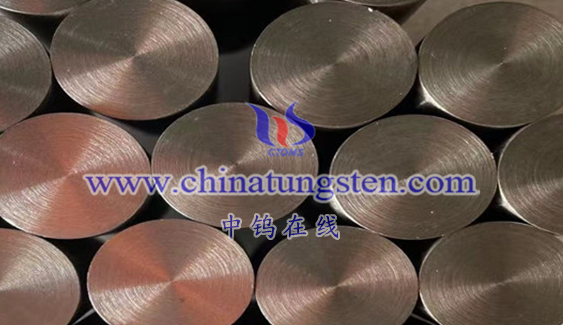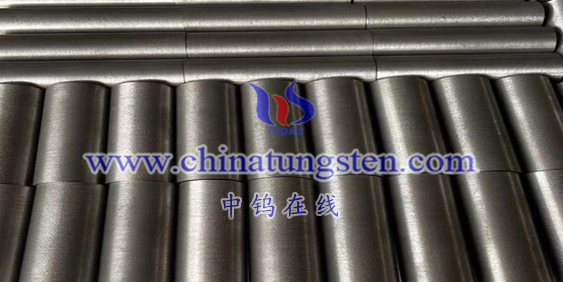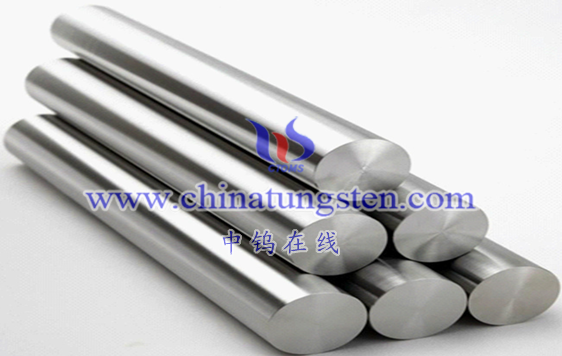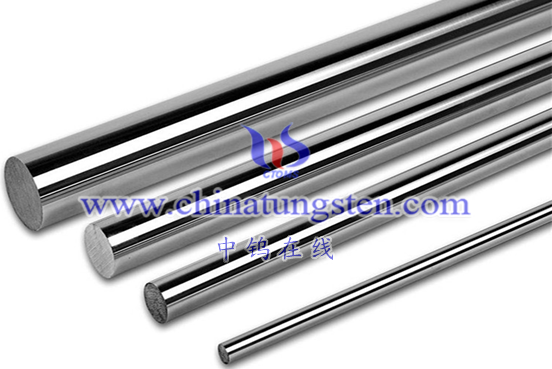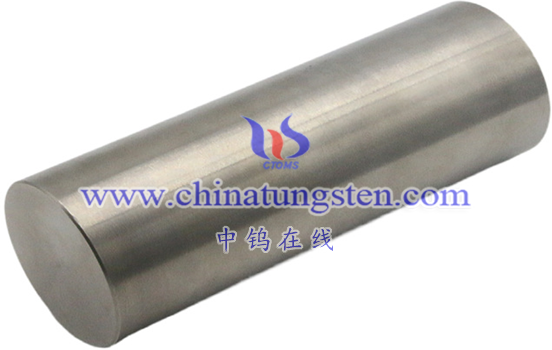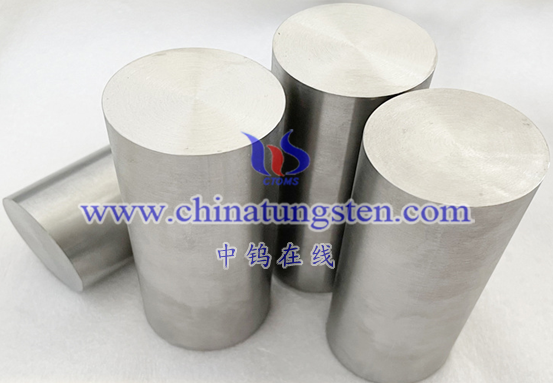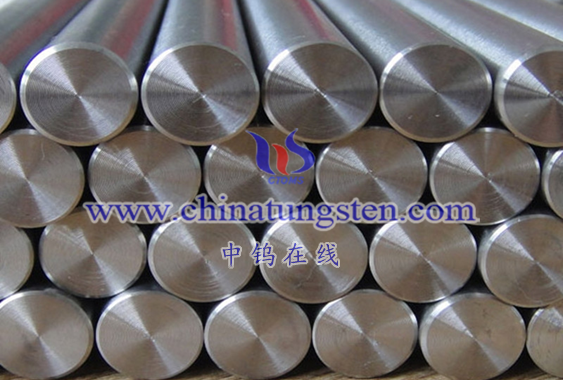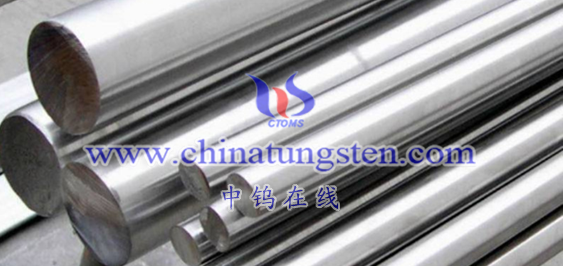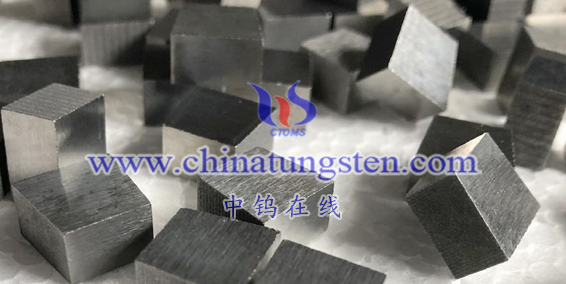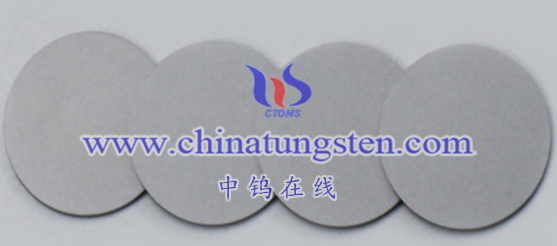
Machining performance refers to the cutting, grinding and other processing characteristics and the difficulty of the material during the machining process. It covers many aspects such as the material’s resistance to tool wear, the quality of the machined surface, the processing efficiency, and the performance changes of the material after processing. The machining performance of materials is usually affected by its hardness, toughness, thermal conductivity, chemical stability and other physical and chemical properties.
For materials such as tungsten-molybdenum-nickel-iron alloy, its high hardness, high melting point, and good thermal conductivity require special attention to the selection of appropriate cutting tools and cutting parameters during the machining process to avoid excessive wear or damage to the tool. Work hardening phenomenon. At the same time, since the chemical composition and microstructure of the alloy may be inhomogeneous, attention must be paid to controlling the cutting force and cutting speed during the machining process to avoid defects such as cracks or fractures.
Tungsten-molybdenum-nickel-iron alloy has wide applications in many fields due to its unique physical and chemical properties. Regarding its machining performance, it can be summarized as follows:
First of all, tungsten-molybdenum-nickel-iron alloy has high hardness and strength, which makes it necessary to select appropriate cutting tools and cutting parameters during the machining process to avoid excessive tool wear or work hardening. Therefore, for the machining of tungsten-molybdenum-nickel-iron alloy, it is usually necessary to use tools with high hardness and high wear resistance, such as carbide tools or ceramic tools, to ensure processing efficiency and processing quality.
Secondly, tungsten-molybdenum-nickel-iron alloy has good thermal conductivity, which helps to quickly dissipate cutting heat during machining and reduce thermal deformation and residual stress of the workpiece. However, due to the high melting point of the alloy, the heat generated during the cutting process may be high, so attention needs to be paid to cooling and lubrication to prevent tool overheating and workpiece surface burns.
In addition, tungsten-molybdenum-nickel-iron alloy has good plasticity, which is conducive to the formation of continuous chips during machining, reducing tool wear and surface roughness of the workpiece. However, since there may be certain inhomogeneities in the chemical composition and microstructure of the alloy, care needs to be taken to control the cutting force and cutting speed during the machining process to avoid defects such as cracks or fractures.
In summary, the machining performance of tungsten-molybdenum-nickel-iron alloy is affected by various factors such as its hardness, strength, thermal conductivity and plasticity. In order to ensure processing efficiency and processing quality, it is necessary to select appropriate cutting tools, cutting parameters and cooling and lubrication methods.
At the same time, for different processing requirements and workpiece shapes, specific processing techniques and fixture designs may be required. In practical applications, it is recommended to conduct process testing and optimization according to specific conditions to obtain the best machining effect.
More details of tungsten alloy product, please visit website: http://tungsten-alloy.com/
Please contact CHINATUNGSTEN for inquiry and order of tungsten alloy:
Email: sales@chinatungsten.com
Tel.: 86 592 5129595
